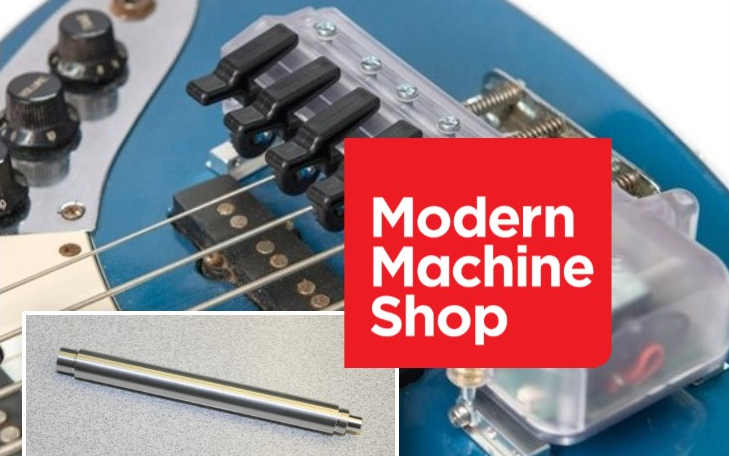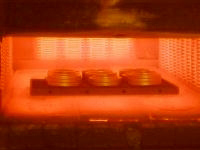
Heat Treating involves heating (or chilling) a metal alloy at extreme temperature to manipulate its crystalline microstructure. This process affects the mechanical behavior of the metal, altering its hardness, strength, ductility, or elasticity properties. Heat treating alters material dimensionally by growing or shrinking it- and in some cases both, depending upon the material and direction. For this reason, many materials cannot be machined to final dimensions before the heat treating process, and instead, require a pre- and post-heat treat machining process.
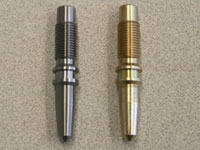
Plating improves a material’s wear and corrosion resistance. Zinc, chromium, and nickel plating are common industrial applications and are thicker than those for aesthetic applications such as tin, brass, and silver. Platings may be added with or without the use of an electrical charge, depending upon the base material and type of plating. However, electroless plating provides a more uniform deposit, even on complex shapes. Depending upon the material, type of plating, its thickness, and part shape, post-plating machining may be necessary.
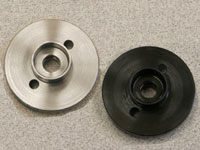
Black Oxide coatings are less expensive than plating and may be applied to many ferrous metals, which maintain their conductivity and dimensional stability thereafter. Black oxide coatings provide glare reduction, are used for paint pretreatment, and offer mild corrosion resistance. Other specialized coatings are also available.
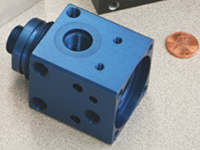
Anodizing is an electrolytic process which thickens the natural, surface oxide layer of a metal part -most often aluminum, creating a protective film. This film increases the metal’s resistance to wear and corrosion and provides better adhesion for paint primers and glues. When treated so the film is thick and porous, dyes may be incorporated. If left thin, anodizing will lessen the shiny metal surface.

Passivation is a process performed on stainless steel which removes iron impurities from its surface. The chromium within the metal then reacts with oxygen to form an invisible, yet highly protective surface layer, adding further stain resistance to the material.
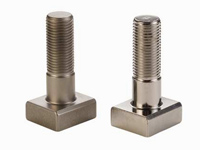
Electropolishing removes impurities from a metal surface ion by ion via an electrochemical process. The result is a clean and bright surface, more highly refined than what is obtained through passivation. Other benefits include very fine burr removal, up to a 50% improvement in the surface microfinish, and final sizing of very close tolerance, intricate part features.
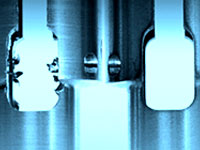
Thermal Deburring may be necessary to remove burrs caused by the manufacturing process. It utilizes thermal energy to burn off burrs from hard to reach areas, such as intersecting holes, and/or multiple surfaces. It is also a good option for otherwise fragile parts which may be damaged by vibratory deburring.
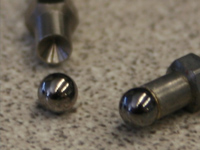
Brazing is a process which joins metal surfaces together using a filler metal heated well above its melting point. At this temperature, the filler can be distributed between two or more very closely fitting parts by capillary action- or against gravity. This mating process is similar to soldering which is performed at lower temperatures.
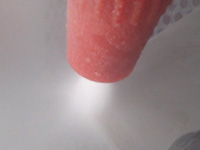
Vapor Honing, or wet blasting, is a process utilized for precision surface finishing. Fine abrasives between 2 and 400 micron are suspended in water and forced at the material at high velocity to remove impurities such as heat treat scale. Vapor honing is also an excellent option to remove very fine burrs, tool marks, or for applications where an aesthetic, satin finish is preferred.




